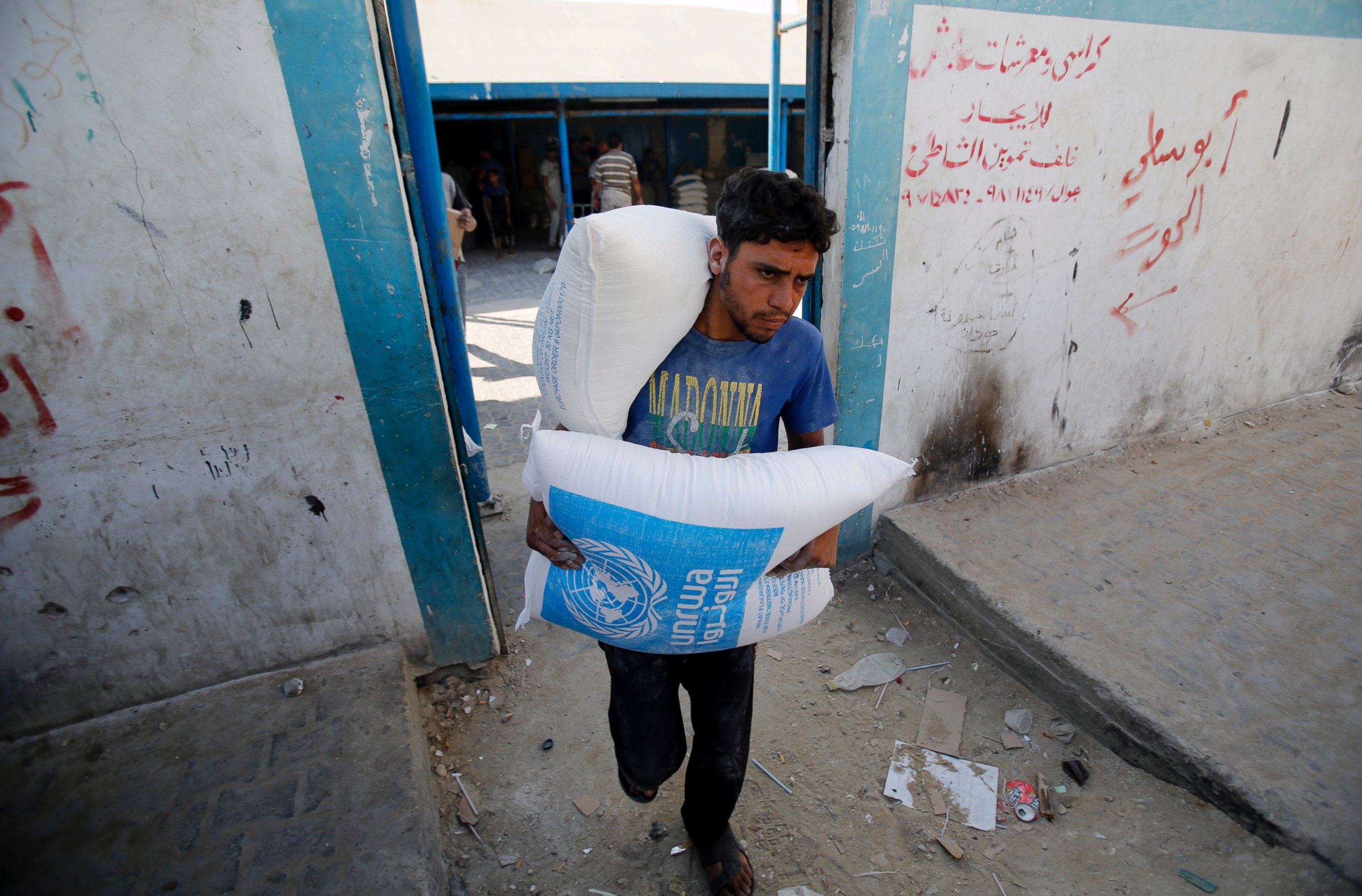What Does 'Normal' Life Look Like in Gaza During the Ceasefire?
Gazans try to get back to normal after destruction.
GAZA CITY, Gaza Strip Aug. 6, 2014— -- Gazans are a fiercely resilient people. They have had to learn, by force of terrible hardship, the arts of recovering from war. And they have grown expert at it.
Within minutes of the commencement of the cease-fire, the fishermen of Gaza leapt into their boats and put out of the little harbor to sea. They cast their nets, not far beyond the breakwater, with joy, it seemed.
Israel-Palestinian Talks on Gaza Underway in Cairo
Israel Resumes Gaza Strikes After Cease-Fire Lull
Young Israelis, Gazans Live-Tweet Raw But Different Versions of Conflict
Children were back playing on the beach, though many parents are keeping their kids inside until a permanent cease-fire takes hold. Imagine: Almost all of Gaza's children, with all their boundless energy, have been cooped up in basements or shelters or just their apartments for a month. They too, greet the bomb-free summer days with a giddy joy.
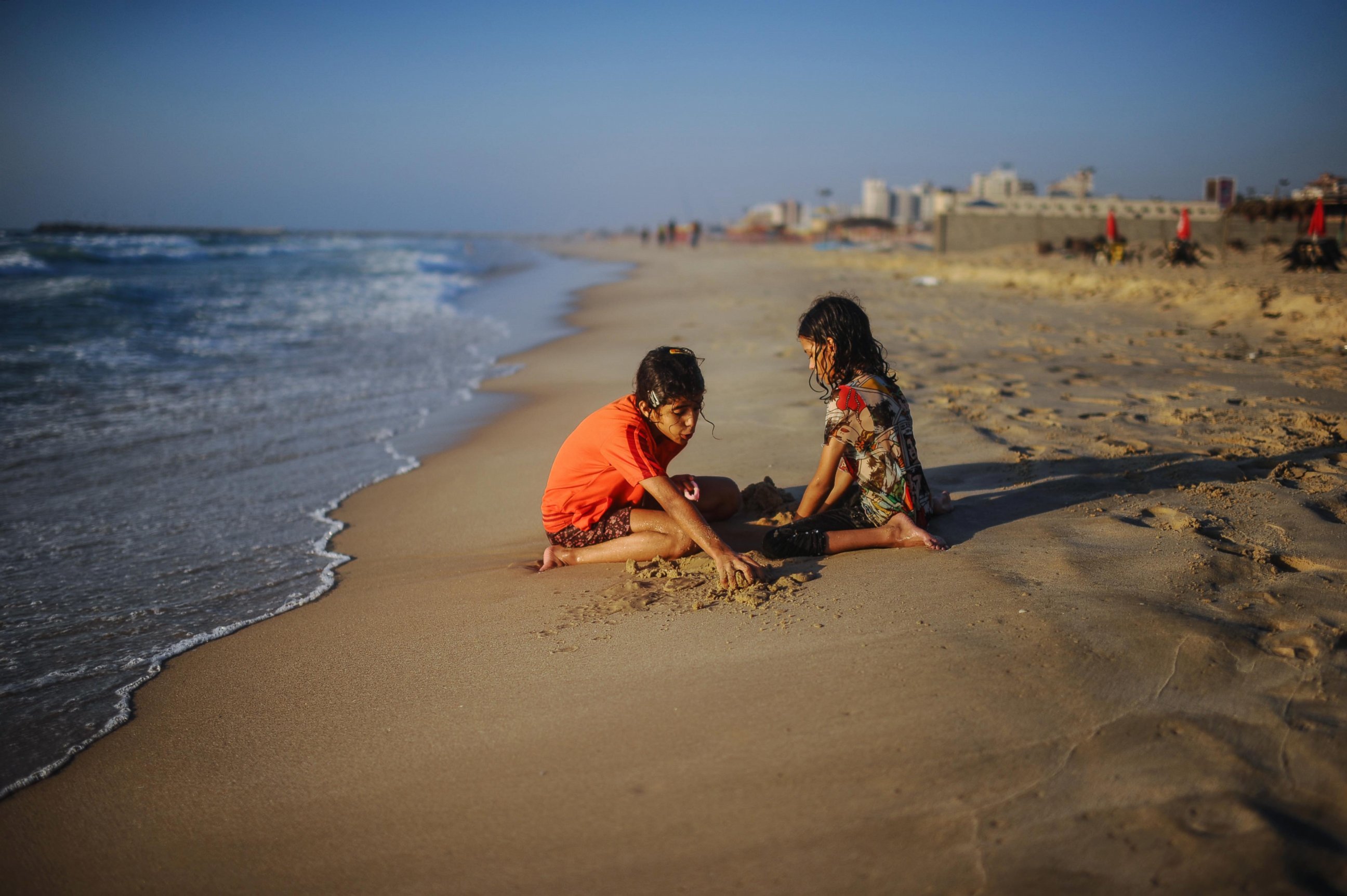
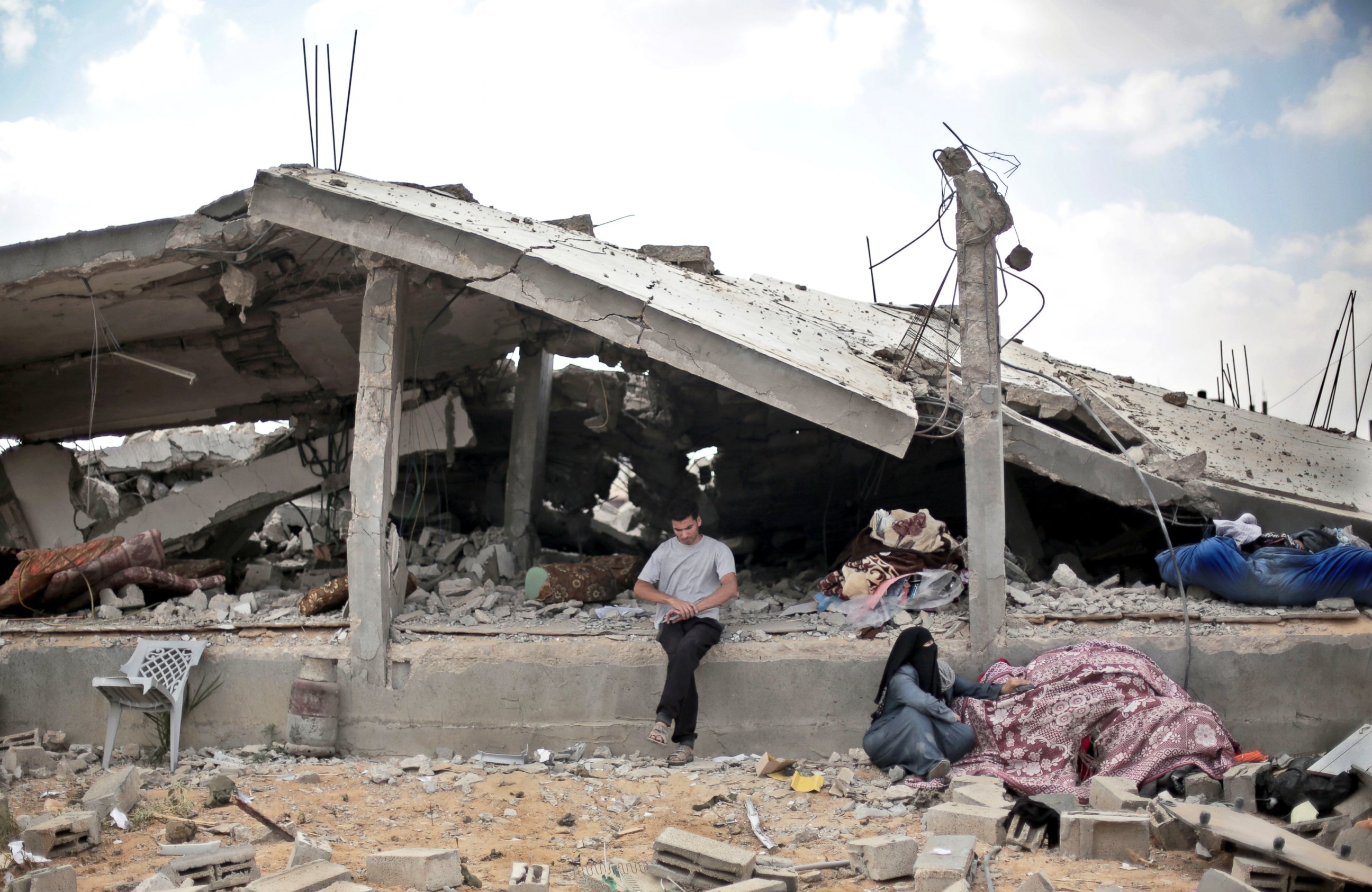
At our hotel, a small plastic play area that had been moved into a ballroom was put back outside on a plaza over the beach, and children squealed with delight coming down its little slide. They rode bikes through the diners at the tables, which were crowded again with families eating out, and young people gathered to chat and flirt and smoke the shisha, or water pipe. You could not miss the relief, the collective taking of a deep breath of safety, as almost everyone out there paused to watched the sun set over the Mediterranean and listen as the muezzins raised the call to prayer.
The stores are restocking their shelves. Israel re-opened the main border crossing for goods at Kerem Shalom, and 300 trucks came through Tuesday, the first day of the ceasefire. Gazans get almost everything through Israel. When the borders are closed, the deprivation is instant and intense.
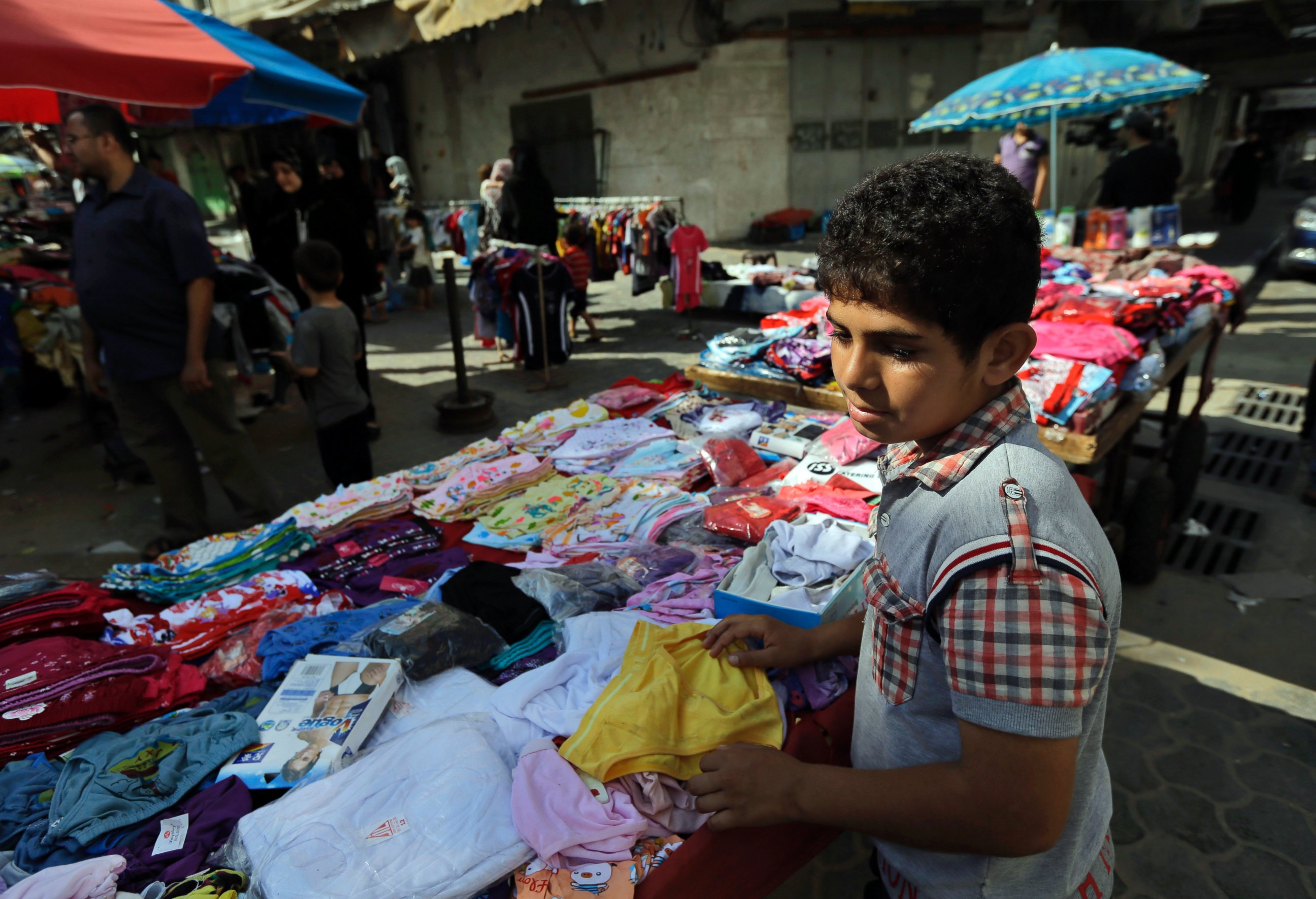
In the outdoor markets, business is picking up, too. The stalls are filled with fruits and vegetables, herbs, spices and nuts. People who were too afraid to go out eagerly collect their groceries. And once again, the cries of the hawkers advertising the juiciest mangoes or the best tomatoes pierce the hot afternoon.
But prices are triple what they were before the war, and the merchants, who were devastated by the month of shelling and fighting, are wary. One man selling peaches said bluntly, "I don't trust the Israelis."
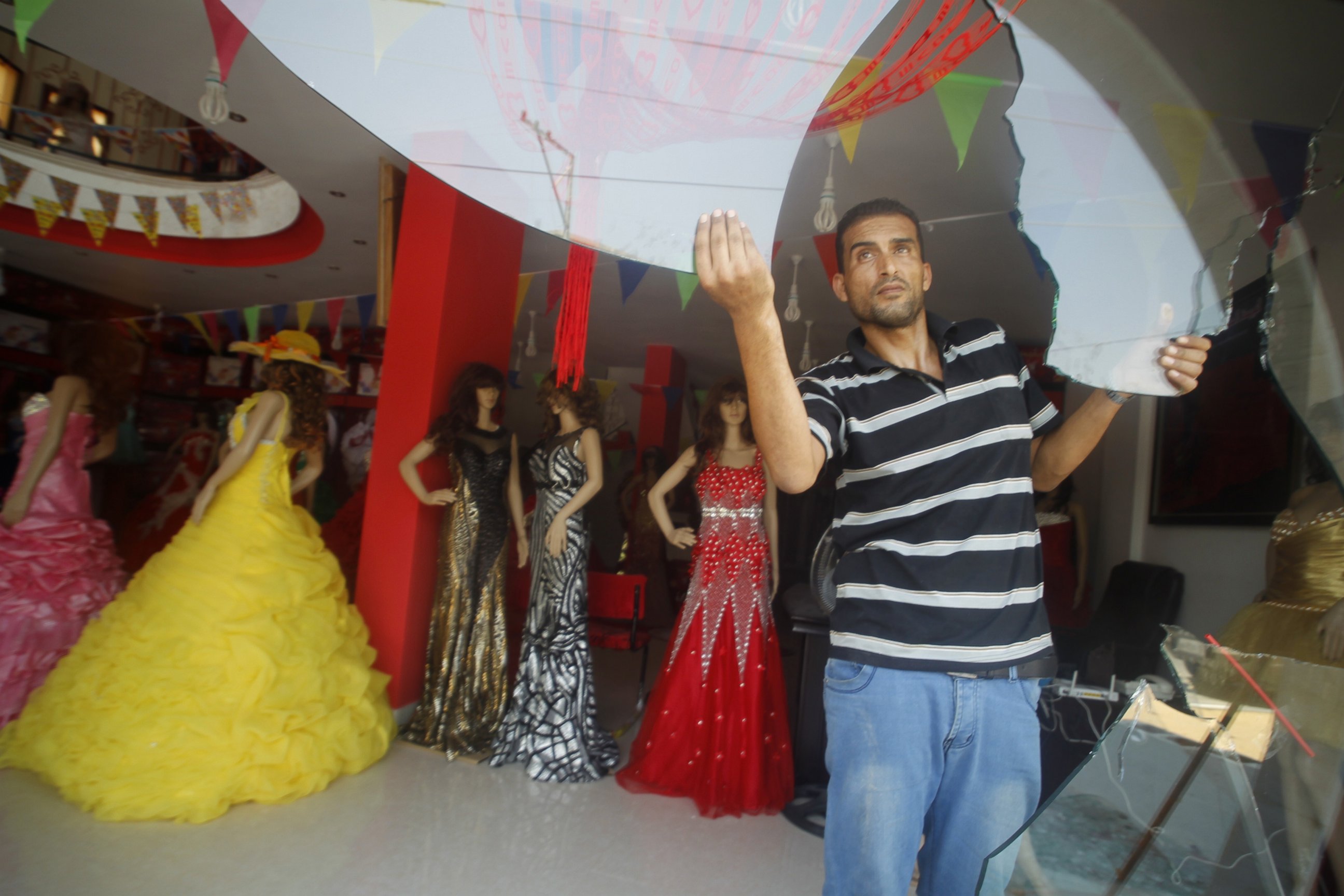
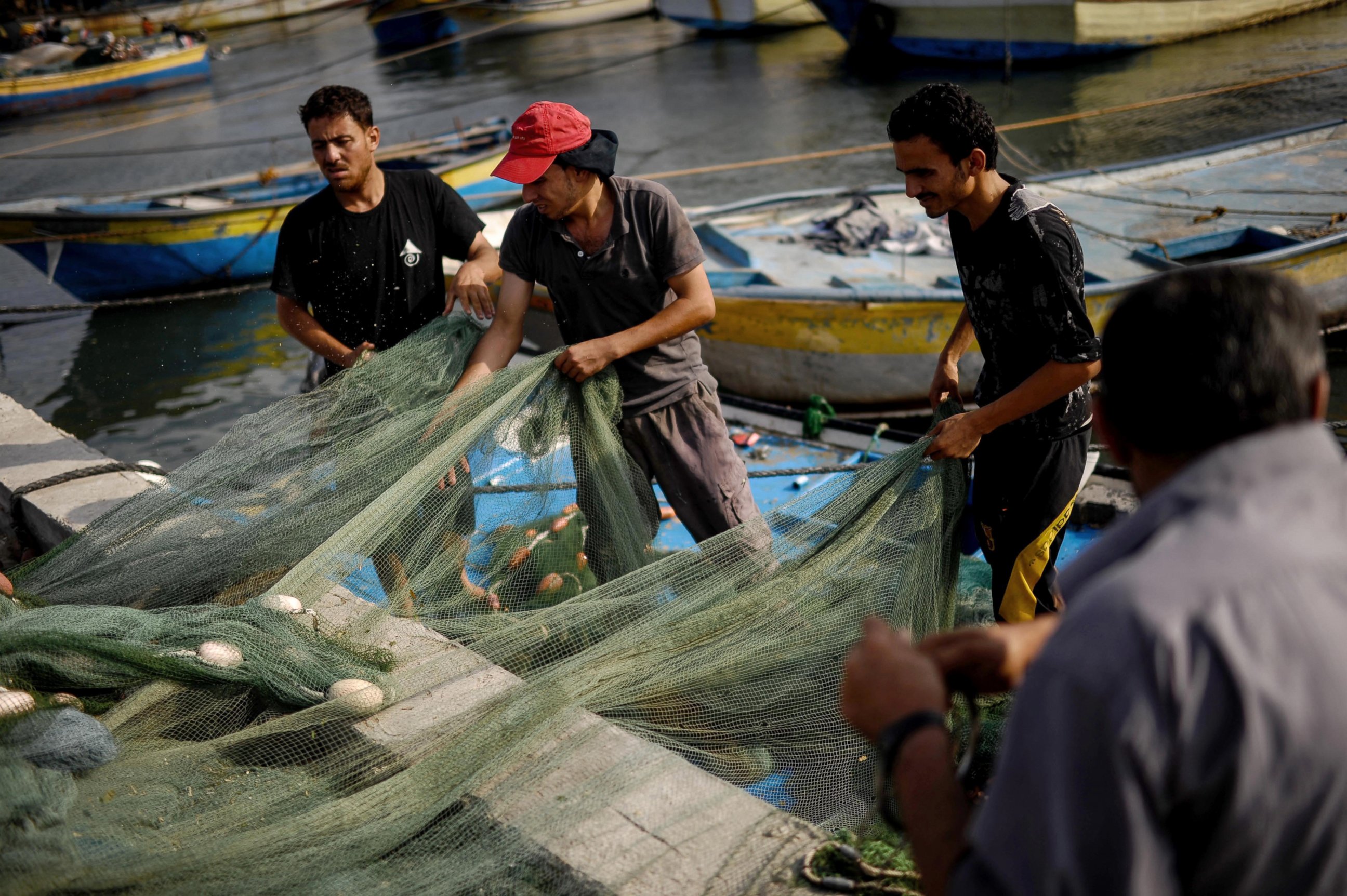
Right now, however, politics for most people is secondary to simply rising again, to activating that mysterious heroism inherent in humans of just getting back to life.
For thousands of Gazans, however, that is going to be incredibly hard.
The mourning seems to know no bounds. No one knows how many of the dead of Gaza have yet to be recovered. But driving through the streets lined with wreckage, you can smell them from time to time. Emergency crews continue the dangerous work of poring through tons of rubble to recover some part of a dead person, anything that loved ones can lay to rest.
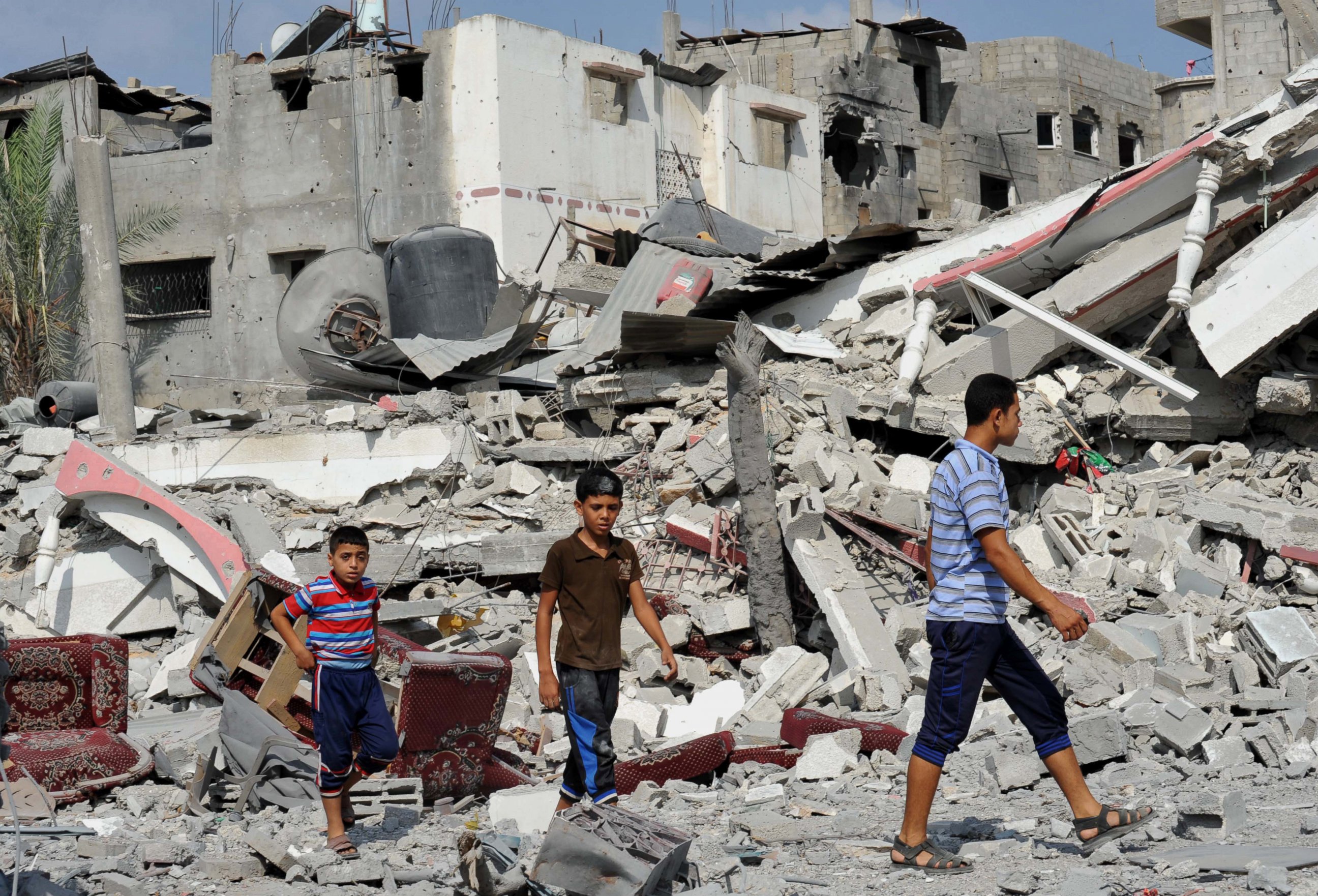
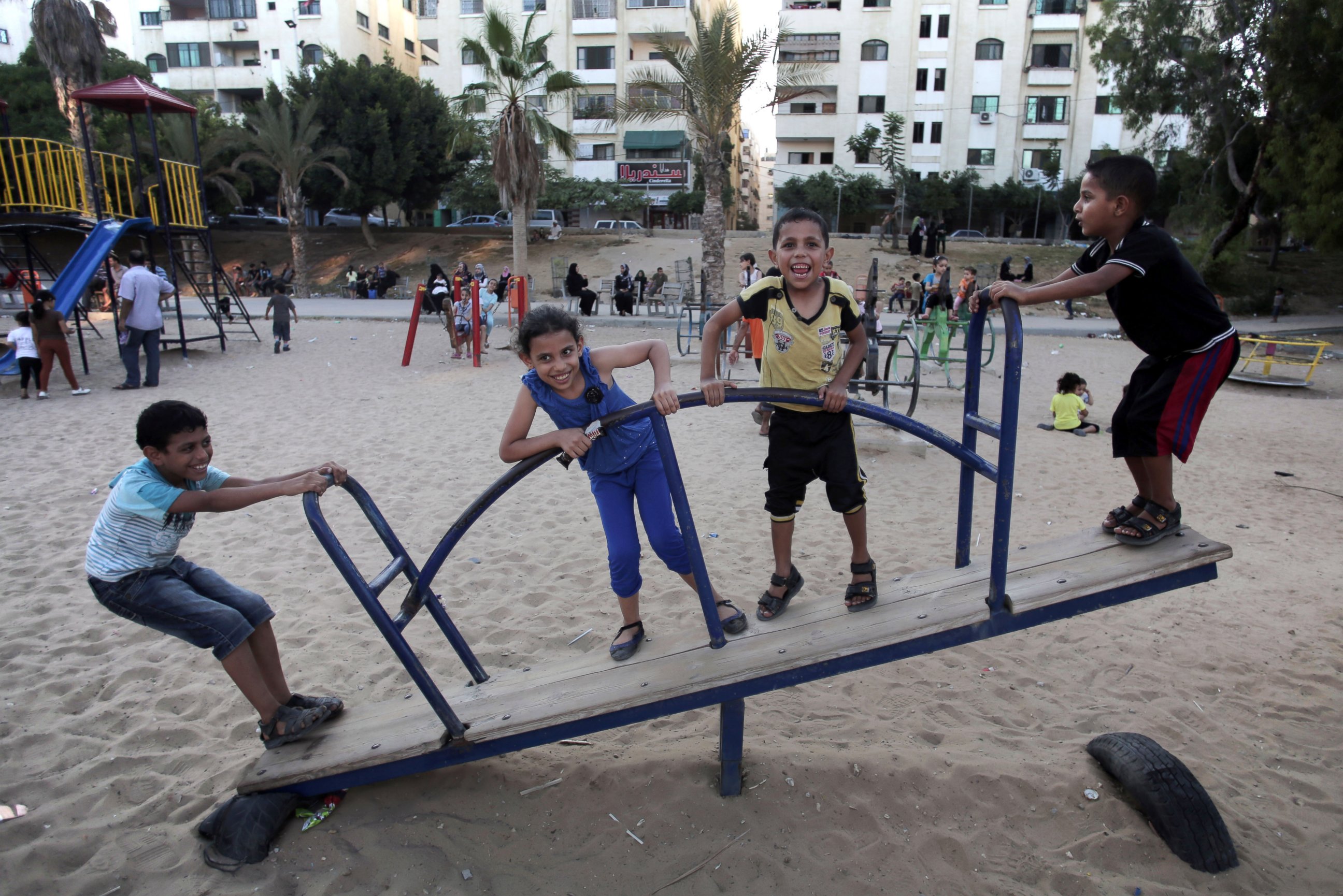
The number of people made homeless by this war is simply staggering. Whole districts of multi-story apartment buildings have been obliterated. Whole neighborhoods of people have nowhere to go. The U.N. estimates more than 400,000 people were driven from their homes in the fighting. Many of them have no home anymore to return to.
